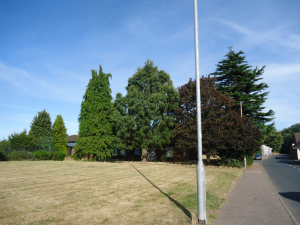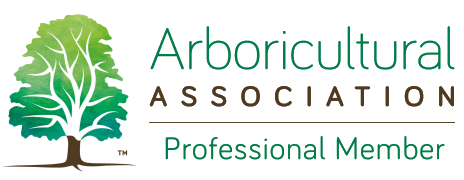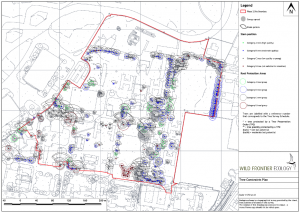Whether you are constructing an extension, single house or a large housing development, if building works will be occurring close to trees, the Local Planning Authority may require a tree survey and report. Wild Frontier Ecology can undertake a BS5837:2012 tree survey for development, impact assessment and produce a report in accordance with the industry standard, British Standard BS5837:2012, to accompany your development’s planning application.
Phase 1: Tree Constraints Mapping
If trees are likely to be impacted by a project it is essential that a BS5837 tree survey is undertaken as soon as possible to ascertain the feasible developable area. We can produce an accurate site plan showing the location of tree stems, canopies, root protection areas and shade patterns (i.e. a Tree Constraints Plan) which can be passed to an architect to design a scheme that minimises arboricultural impacts from the start. Any protected trees (in a Conservation Area or with a Tree Preservation Order) are clearly highlighted in our reports. Our tree surveys are often undertaken at the same time as a Phase 1 habitat survey.
Phase 2: Design
Design can often be an iterative process requiring regular arboricultural input. We can liaise with architects, engineers, landscape architects and other specialists at all stages of design to ensure trees are fully considered and incorporated into a development. This can include site meetings or regular advice by phone and email. If there are also ecological considerations on the site, we can provide ‘joined-up’ timely advice considering trees and ecology together.
Once a final site plan is provided, we will produce an Arboricultural Impact Assessment, Tree Protection Plan and Arboricultural Method Statement suitable for submission with a planning application.

Significant trees on a proposed development site. These trees have high public visibility and amenity value, making them a material consideration for the Pocal authority when considering a planning application.
Phase 3: Planning
Whilst a planning application is being considered by the Local Planning Authority we can liaise with planning officers and arboricultural officers if needed. Compliance with the tree protection measures stipulated in the arboricultural report is often made a condition of planning permission.
Phase 4: Construction
We can ensure compliance with tree protection conditions by undertaking site checks of tree protection measures and monitoring specific construction activities occurring near trees. Our Arboriculturist holds a Construction Skills Certification Scheme (CSCS) card to ensure safety whilst on the construction site. If an Ecological Clerk of Works is required for separate protected species concerns then joint tree and ecology site visits can be made.
Phase 5: Post-construction
We can re-survey trees once a project is complete to ensure that construction activities have not impacted the health of safety of the trees. Remedial tree works can be advised where necessary.

Project Examples
Arboricultural Impact Assessment for 160 new homes
Wild Frontier Ecology provided an initial tree constraints plan at a large site where an 160 home development is proposed. The survey found 300 individual trees on the site, and…
Ground Source Heat Pump
Wild Frontier Ecology (WFE) provided a Tree Protection Plan (TPP) and Method Statement for the installation of a ground source heat pump. WFE conducted a tree survey adjacent to an…

